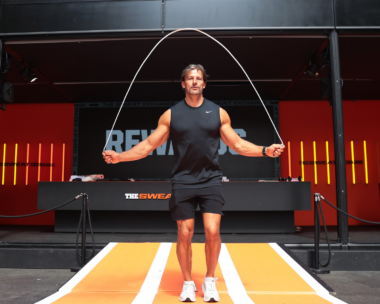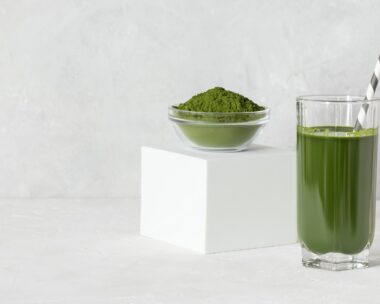Even in the cooler months it’s important to drink up for physical activity. While sweating buckets during a summer run places you at greater risk of dehydration, it’s also possible to lose significant body fluid during indoor, winter pursuits like lap swimming. Dehydration dangers Water is essential for life and your body’s main tool at regulating temperature. As you become dehydrated there is a gradual reduction in both physical and mental performance. And your workout starts to feel a whole lot harder than other sessions. Studies show that a loss of fluid equal to 2% of body mass is sufficient to cause a significant decrease in performance – that’s a 1.4kg loss in a 70kg athlete (Source: Sports Dietitians Australia, 2004). Assessing your losses A good way to monitor your sweat losses is to weigh yourself before and after activity. Make sure you towel dry any excess sweat off before jumping on the scales. And aim to weigh yourself naked so that you’re not weighing any sweat lost in clothing. As a general rule you should aim to keep this sweat loss to less than 1kg, which equates to roughly 1 litre of lost fluid. Remember thirst is not a good hydration guide. Generally, by the time you feel thirsty there has been a significant fluid loss. What to do?
Drink up – a hydration guide
Even in the cooler months it’s important to drink up for physical activity. While sweating buckets during a summer run places you at greater risk of dehydration, it’s also possible to lose significant body fluid during indoor, winter pursuits like lap swimming.




